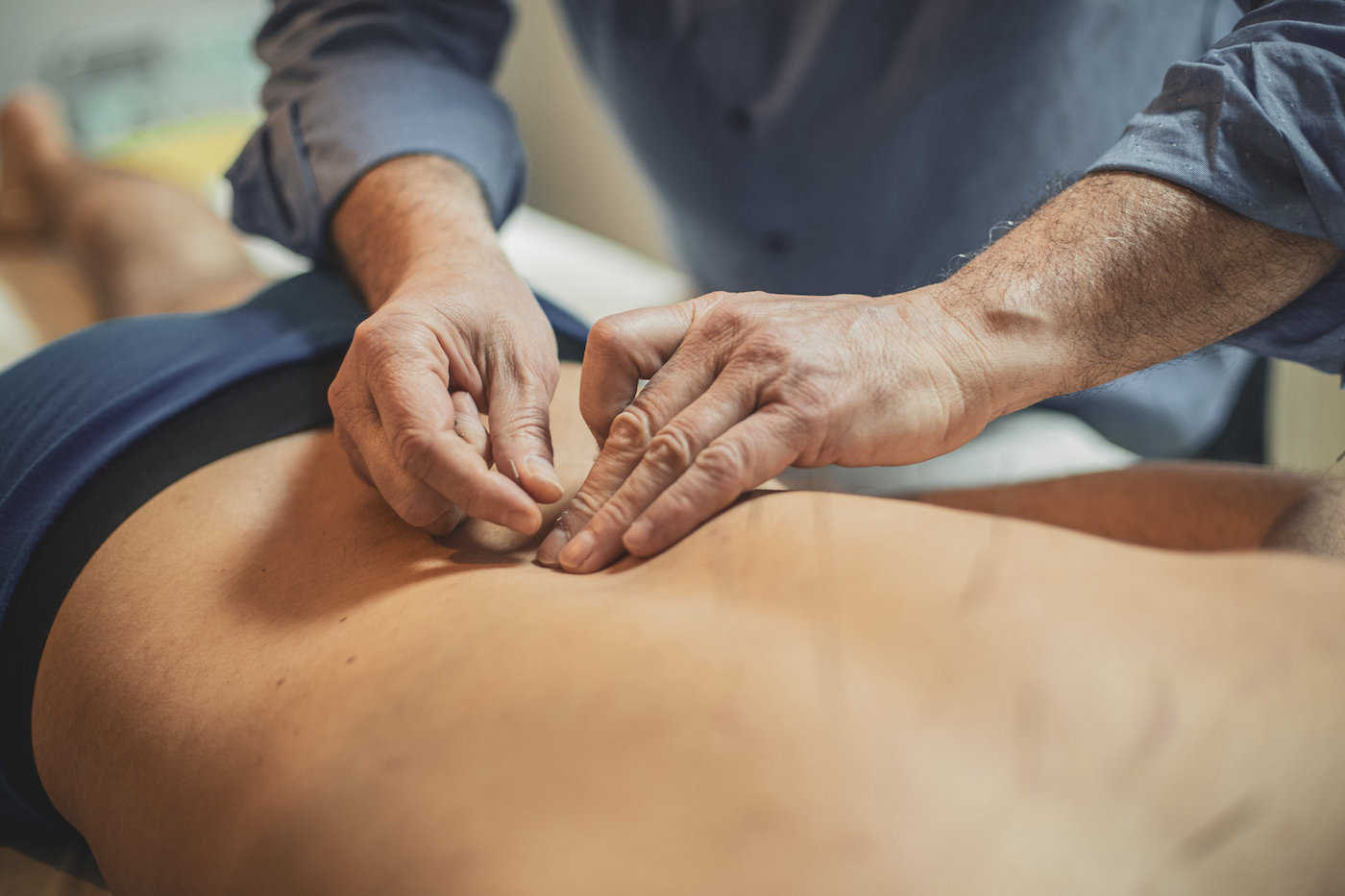As treatments go, acupuncture is considered to be one of the safer interventions when administered by an appropriately trained practitioner. Although it would be misleading to portray acupuncture, dry needling or any other form of skin-puncturing technique as devoid of risk, serious adverse events are thankfully very rare.
But if this is true, why do we still hear about punctured lungs – such as the recent news that Ellen White, England's record goalscorer, suffered a punctured lung whilst undergoing acupuncture treatment, forcing her to accelerate her decision to retire?
Of course, there is no single answer which can be applied universally, but individual cases can often lead us to logical conclusions. Please read on to learn more about how a puncturing of the lung can take place, as well as the pre-emptive tactics practitioners should be using to prevent an event ever taking place.
How does acupuncture or dry needling puncture a lung?
A seemingly obvious answer, it is when a needle is inserted into lung tissue (pleura). That means it has had to pass through the skin, underlying muscle tissue, a rib space, pleural space, and then into the lung. Although in Traditional Chinese Medicine (TCM), there is a purported influence on the lung by needling acupoints in the arm (lung meridian), it goes beyond rationale reasoning that a needle inserted into the elbow could elicit a punctured lung.
People move
Assuming a practitioner has followed a safe needling approach, a punctured lung (pneumothorax) could occur if their client moves excessively, causing the needle to reposition and move deeper into their tissue. Whilst I am unaware of a reported case study of this nature, the theoretical risk remains plausible.
Spontaneous pneumothorax
It does happen – a lung deflates with no obvious explanation. Of course, a spontaneous lung puncture that happens during or immediately after needling over the thorax would be a seemingly high-odds occurrence! To my knowledge, a spontaneous pneumothorax has not been the attributable cause of effect, when dry needling or acupuncture has immediately preceded the event.
Needle mismanagement
The most likely contributor to a punctured lung is where a needle has been inserted too deep, and / or at an undesirable angle. In our training programmes (as with other reputable training bodies), we go to great lengths to train our learners on safe needling techniques, including on how to prevent pneumothorax. Safe application is very easy, and if these simple rules are followed, a punctured lung will not happen. Some areas pose a greater needling risk than others, but the underlying principles remain the same.
Clinicians who have maintained their competence through regular CPD, engagement with safety literature, and practical skill revision would take their pneumothorax-giving risk to near zero (removing the theoretical risks of people moving and spontaneous pneumothorax). That said, practitioners are human, and are prone to error – an overwhelming amount of evidence base attests to this, particularly in the realm of decision making.
Pre-emptive tactics to avoid a punctured lung
If you are a member of the general public, ask your practitioner if they are on a register, such as our Breeze Academy register. This will provide you with confidence that the clinician has been trained by a reputable tutor, which reduces the risk of a serious event. You may also look to clinics that are open with their CPD engagement – many individuals and organisations put their activities up on their social media profiles, to reassure their client base that they take ongoing training seriously.
If you are a clinic owner, team manager, or an individual practitioner, then you have two helpful tools to engage with. First, provide your clients with the information they need, so they can make an informed decision about their treatment provider – outline your alignment to a register, be transparent about your ongoing needling CPD, and provide your clients with helpful information, such as our free practitioner resources. Second, make sure your CPD includes regular (at a minimum, annually) needling revision / update / refresher. Your CPD does not have to be a formal course – methodical reflection, regular in-service discussion, conference attendance can all be counted towards recognised CPD. Of course, a dedicated training event, which includes safety, can reassure you that all safety elements have been covered – please drop us a message if you or your clinic are looking for one.
Final Thoughts
Lung punctures do happen, but reassuringly, they are very rare. Choosing a diligent clinic or practitioner is an important first step to seeking out acupuncture or dry needling; and for practitioners, maintaining a transparent presence on a register and maintaining your CPD activity will not only reassure your client, but give you peace of mind that you continue to practice safely, confidently, and effectively.
